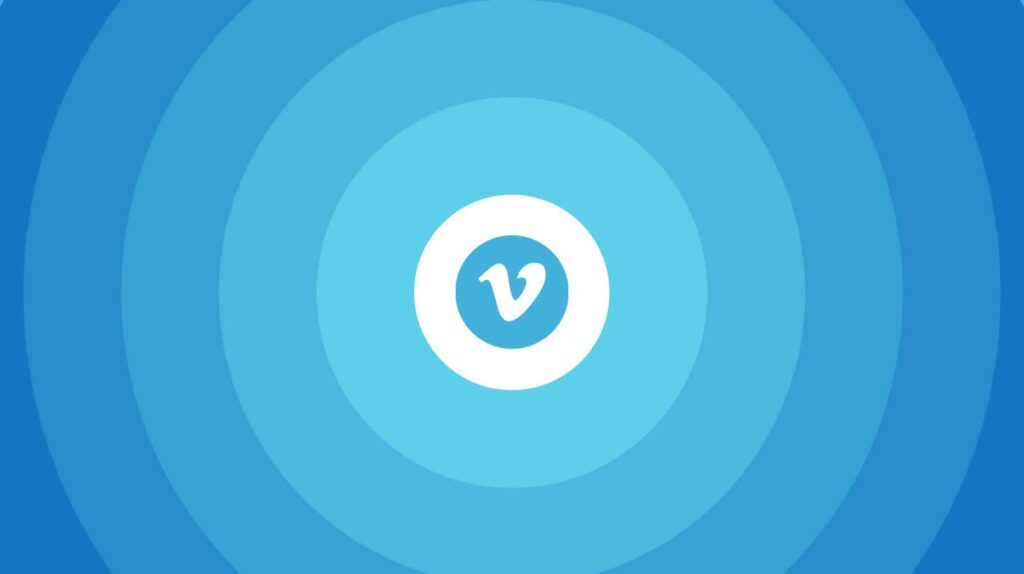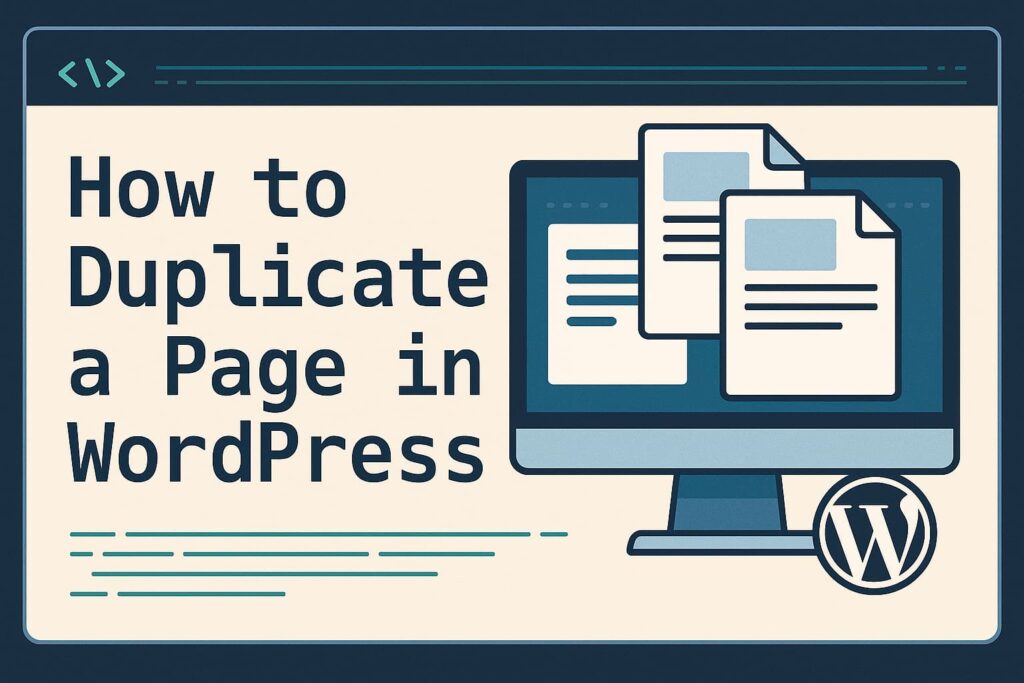Hey there! If you’re building an app, website, or even preparing for a system design interview, one of the most important decisions you’ll make is choosing the right database. With so many options out there—SQL, NoSQL, relational, non-relational—it can feel overwhelming. But don’t worry! In this article, we’ll break it all down in simple terms and help you pick the perfect database for your needs. Let’s dive in!
Why Does Choosing the Right Database Matter?
Think of a database as the backbone of your application. It’s where all your data lives—user information, product details, transactions, you name it. Choosing the right database ensures your app runs smoothly, scales well, and can handle the type of data you’re working with. Pick the wrong one, and you might end up with slow performance, messy data, or a lot of headaches down the road.
Step 1: Understand Your Data
The first step in choosing a database is understanding your data. Ask yourself:
- What kind of data are you storing? Is it structured (like spreadsheets) or unstructured (like images or videos)?
- How much data will you have? Are you dealing with a small amount of data or massive datasets?
- How will your data grow over time? Will it grow steadily, or do you expect sudden spikes?
For example:
- If you’re storing user profiles with clear relationships (like names, emails, and addresses), a relational database (SQL) might be a good fit.
- If you’re dealing with unstructured data like social media posts or sensor data, a NoSQL database could be better.
Step 2: Consider Your Use Case
Different databases are designed for different purposes. Here are some common use cases and the databases that work best for them:
- Relational Databases (SQL):
- Examples: MySQL, PostgreSQL, SQL Server
- Best for: Structured data with clear relationships (e.g., e-commerce platforms, banking systems).
- Why: They’re great for complex queries and ensuring data integrity.
- NoSQL Databases:
- Examples: MongoDB, Cassandra, Redis
- Best for: Unstructured or semi-structured data (e.g., social media apps, real-time analytics).
- Why: They’re flexible, scalable, and handle large volumes of data well.
- In-Memory Databases:
- Examples: Redis, Memcached
- Best for: Caching and real-time applications (e.g., gaming leaderboards, session storage).
- Why: They’re super fast because they store data in memory instead of on disk.
- Time-Series Databases:
- Examples: InfluxDB, TimescaleDB
- Best for: Data that changes over time (e.g., IoT sensor data, stock market trends).
- Why: They’re optimized for storing and querying time-stamped data.
Step 3: Think About Scalability
Scalability is all about how well your database can grow with your app. Ask yourself:
- Will your app need to handle a lot of users or data?
- Do you need horizontal scaling (adding more servers) or vertical scaling (upgrading your existing server)?
For example:
- NoSQL databases like MongoDB and Cassandra are great for horizontal scaling.
- Relational databases like PostgreSQL can scale vertically but may require more effort to scale horizontally.
Step 4: Evaluate Performance Needs
Performance is key to a great user experience. Consider:
- How fast do you need your database to be?
- What kind of queries will you run?
For example:
- If you need lightning-fast reads and writes, an in-memory database like Redis might be the way to go.
- If you need complex queries with joins, a relational database like MySQL or PostgreSQL is a better choice.
Step 5: Don’t Forget About Cost and Maintenance
Finally, think about the practical side of things:
- How much will the database cost? Some databases are open-source and free, while others require licensing fees.
- How easy is it to maintain? Do you have the expertise to manage it, or will you need to hire specialists?
For example:
- Open-source databases like MySQL and PostgreSQL are cost-effective but may require more hands-on maintenance.
- Managed services like AWS DynamoDB or Firebase handle maintenance for you but come with a price tag.
Want to Learn More?
If you’re a visual learner, check out this short video that explains how to choose the right database in just a few minutes:
How to Choose the Right Database (Video)
For a deeper dive, especially if you’re preparing for a system design interview, this article is a fantastic resource:
How to Choose the Right Database (Article)
The Bottom Line
Choosing the right database doesn’t have to be complicated. Start by understanding your data, consider your use case, and think about scalability, performance, and cost. Whether you’re building a small app or designing a large-scale system, the right database will set you up for success.
Got questions or need help deciding? Drop a comment below—I’d love to hear from you!
Happy coding! 🚀







